10 Romanesque Art Treasures from Barcelona
Barcelona = Gaudí, we all know that. For football fans, it is also the famous Barça, the team with the motto: “More than a club”. And so it is...
Joanna Kaszubowska 7 November 2024
Medieval Europeans believed that the movements of the sun, moon, stars, and planets directly affected their lives on earth. They practiced what we might today call astrology. Consequently, astronomical phenomena appear frequently in manuscripts and other objects. You might be surprised by how often the zodiac appears in medieval art!
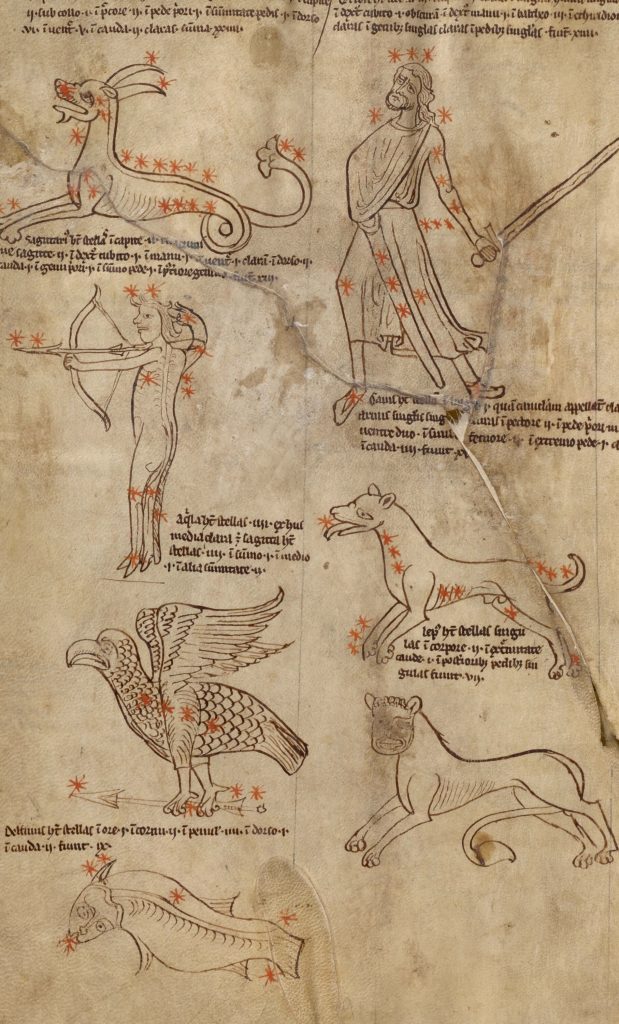
Medieval Europeans recognized the same 12 zodiac signs that we do today. However, while we now associate each sign with a time period not corresponding to a calendar month, the Middle Ages equated a sign with each month. Here are the 12 signs of the zodiac, their appearances, and their months in the medieval calendar:
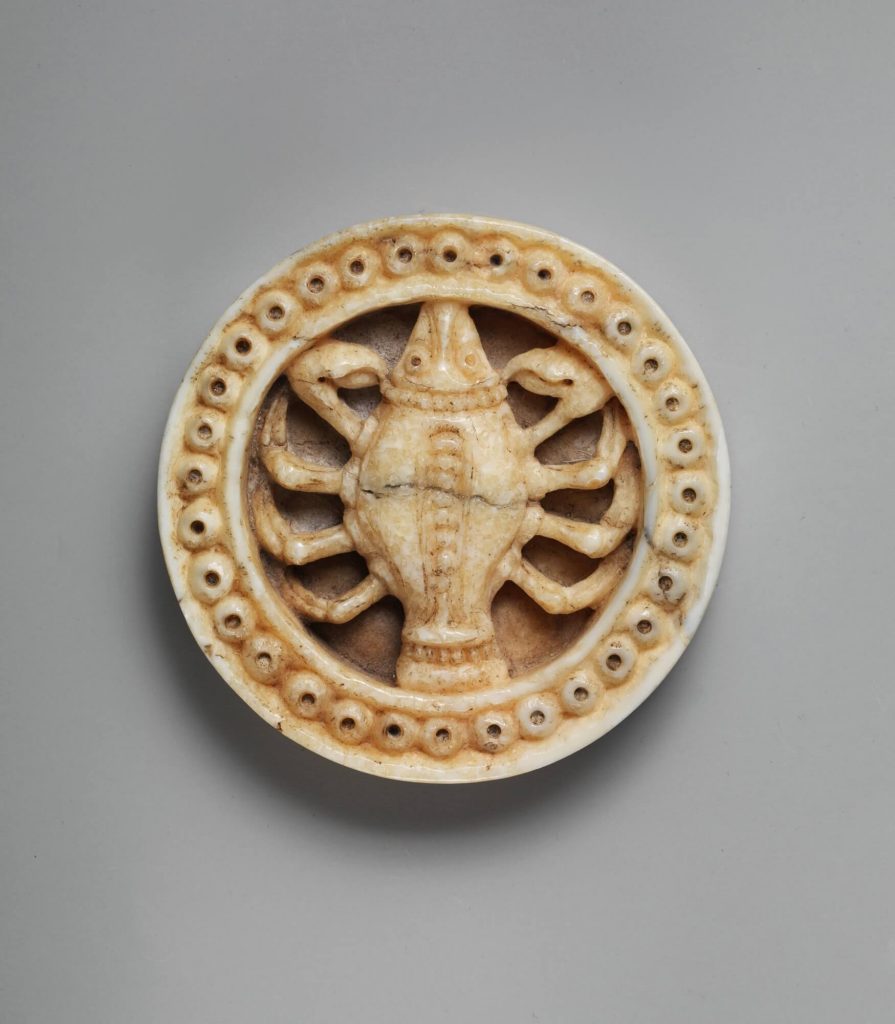
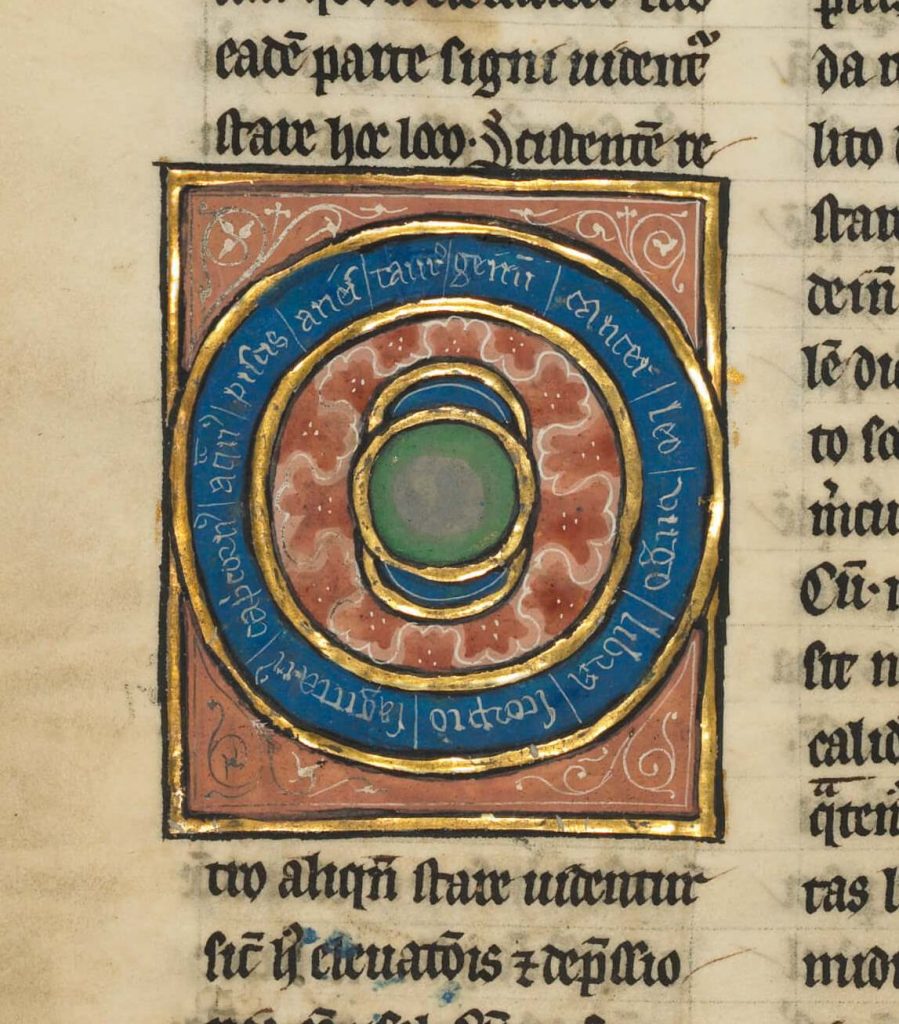
In the Middle Ages, the zodiac did more than (supposedly) govern your personality based on your birthday. Along with the planets and other celestial bodies, they were also believed to influence events on certain days of the week or month, or even in individual hours. When the position of the sun signified a particular sign, forecasts could be made to recommend certain activities and discourage others.
Here is what a late-15th century astrological calendar manuscript had to say about Aquarius. This passage is similar to what we might expect from a modern-day horoscope, but it was supposed to effect everybody, not just Aquarians.
Aquarius belongs to the southwest. When the sun is in Aquarius, one can build houses, sow, plant, and move into houses. Then one can let blood, and do anything that will last a short time. Quarreling, battling and holding court days is good nor bad. One should not travel a long way. One can buy and sell any cattle or other animals with four feet. One can send letters and messengers. It’s good to have weddings. But it is bad to practice skills, for they will not provide a livelihood.
Irene Meekes van Toer, trans. Amsterdam University Special Collections Library MS XXIII A 8. Late-15th century. A Medieval Astrology Guide.
A special genre of book called a miscellany provided all sorts of astronomical and astrological information. (In the Middle Ages, there was no fundamental difference between these two fields.) Miscellany often included illustrations depicting the personified zodiac signs, constellations, and celestial objects like the sun and moon. Medieval people would look to the skies when making important decisions and planning significant actions. Interestingly, they saw no problems juxtaposing this practice with their Christian faith.
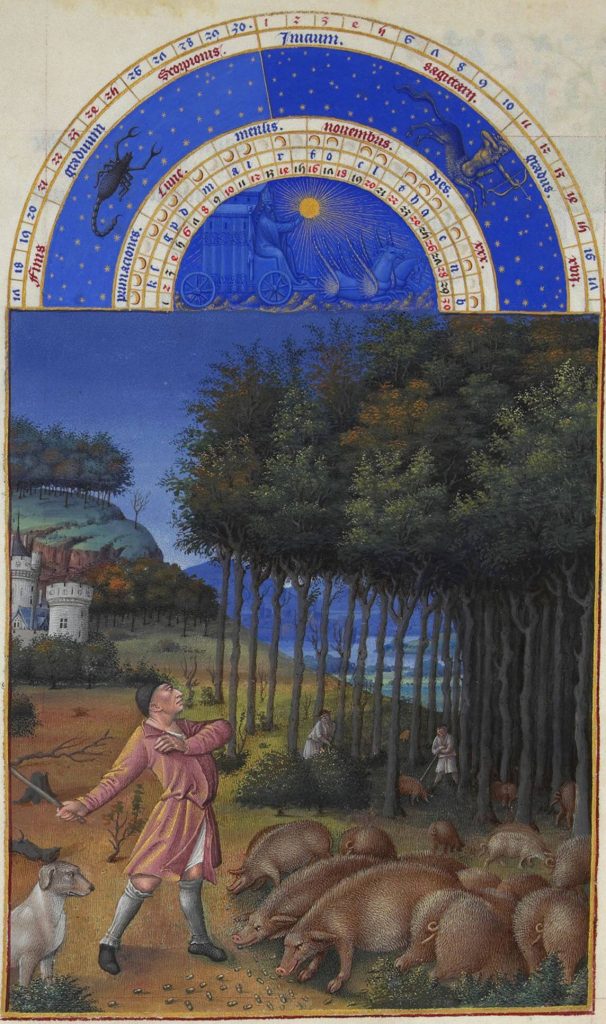
In medieval art, the 12 signs of the zodiac usually appear alongside another cycle of 12 images, the labors of the months. These activities or tasks were associated with each month of the year and were (sometimes loosely) related to the agricultural cycle. Unlike the zodiac, there is no official list of labors of the months, and different sources may select different tasks for some months. This discrepancy may in part relate to varying local traditions in areas with the diverse climates and growing seasons.
The signs of the zodiac and the labors of the months represent the celestial and terrestrial cycles that governed the medieval year. In a time before accurate calendars and weather prediction technology, observing the movements of the heavens was the best way to anticipate seasonal changes, as necessary for successful agriculture.
According to a series of posts by Trinity College Library Cambridge, as well as my own observations, here are some most common labors for each month. It’s difficult to see how feasting or enjoying nature justify classification as labors, though they are certainly tied to the seasons and nature. A graphic from The Getty Institute includes some additional labors, broken down by the timeline of the modern zodiac.
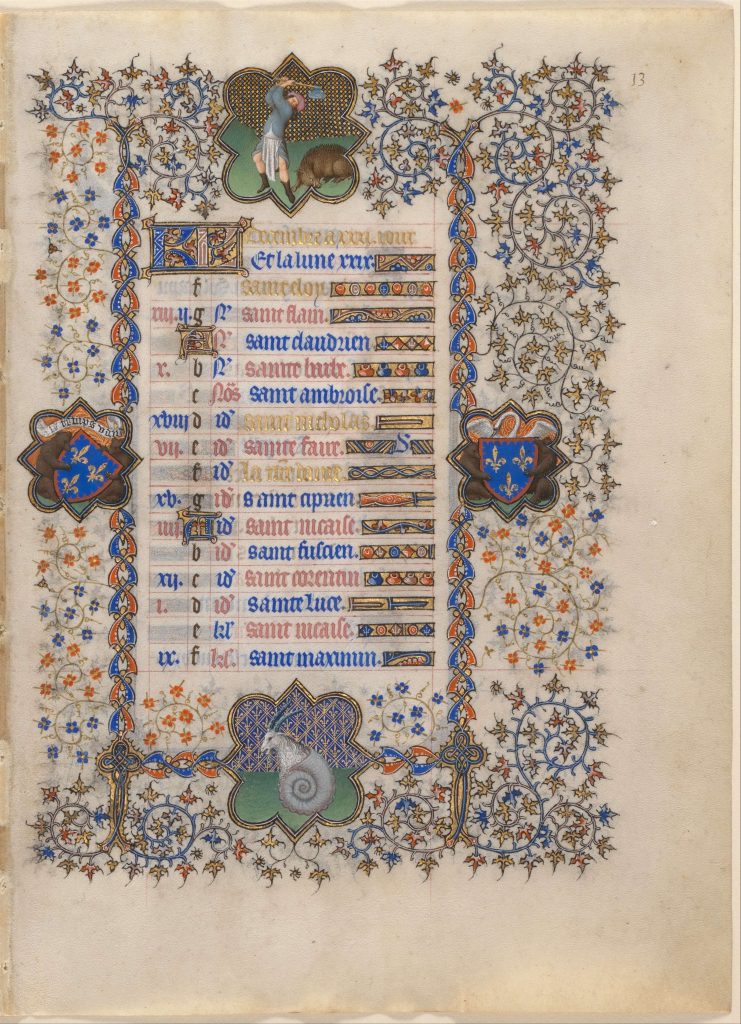
By far the most common place to see labors of the months and signs of the zodiac in medieval art is in books of hours. These personal prayer books are sometimes called “medieval bestsellers” because of their great popularity. In addition to giving the texts for various prayers, books of hours also contain so-called calendar pages, which list the holy days occurring each month of the year. Representations of the zodiac and labors often decorate calendar pages.
Books of hours owned by wealthy and important patrons contain lavish decoration. Some of the most stunning zodiac illustrations can be found in the Très Riches Heures, which is one of the most famous illuminated manuscripts of all time. There, black and golden zodiac signs float in arches of rich lapis lazuli blue sky, studded with golden stars. Large and attractive labors illustrations appear as well. By contrast, other books of hours, like the Belles Heures of Jean de France, Duc de Berry, typically depict the zodiac symbols without any reference to the stars that comprise them. The Très Riches Heures and the Belles Heures were both created by the same artists, the Limbourg Brothers, for the wealthy art collector Jean, Duke de Berry in the early-15th century.
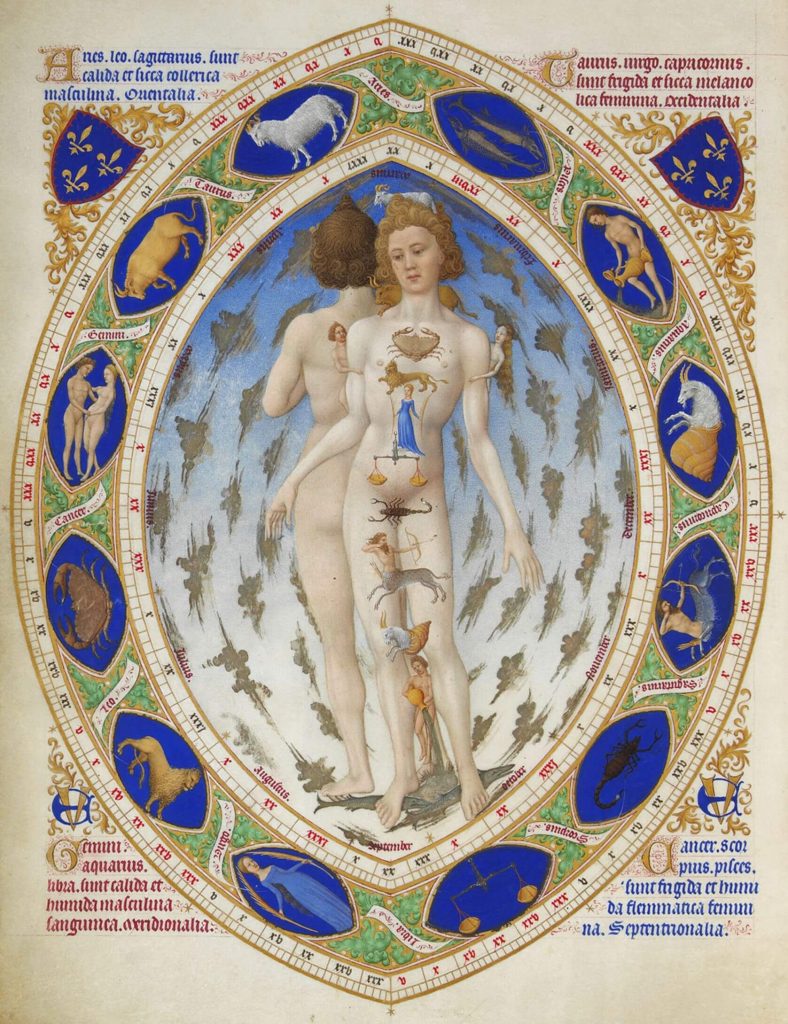
The zodiac in medieval art were most frequently connected to time, but they also appeared in association with the human body. Zodiac Man illustrations, images of human bodies with zodiac symbols all over them, represent the once-common medical belief that each part of the human body corresponded to one of the 12 zodiac signs. It was thought that the health of a body part could be influenced by the associated constellation’s current relationship to the moon. Zodiac Man images helped medieval doctors diagnose patients and treat their illnesses according to this system. Consulting the stars was considered especially critical before engaging in the common medieval practice of bloodletting. The Zodiac Man shown here is from the Très Riches Heures. It is less detailed, but certainly more eye-catching, than the more common illustrations meant for working physicians.

Illuminated manuscripts aren’t the only places to find zodiac in medieval art and architecture. They also appear in other places, and one of the most significant is churches! For example, one of the doorways of the Royal Portal on France’s great Chartres Cathedral includes sculptural representations of all 12 zodiac signs. The signs appear again on the stained glass of Chartres’s vibrant zodiac window. (Click here to see it in detail.) Both the stone and stained glass zodiac signs at Chartres appear in conjunction with images showing the Labors of the Months, just as they do in so many illuminated manuscripts.
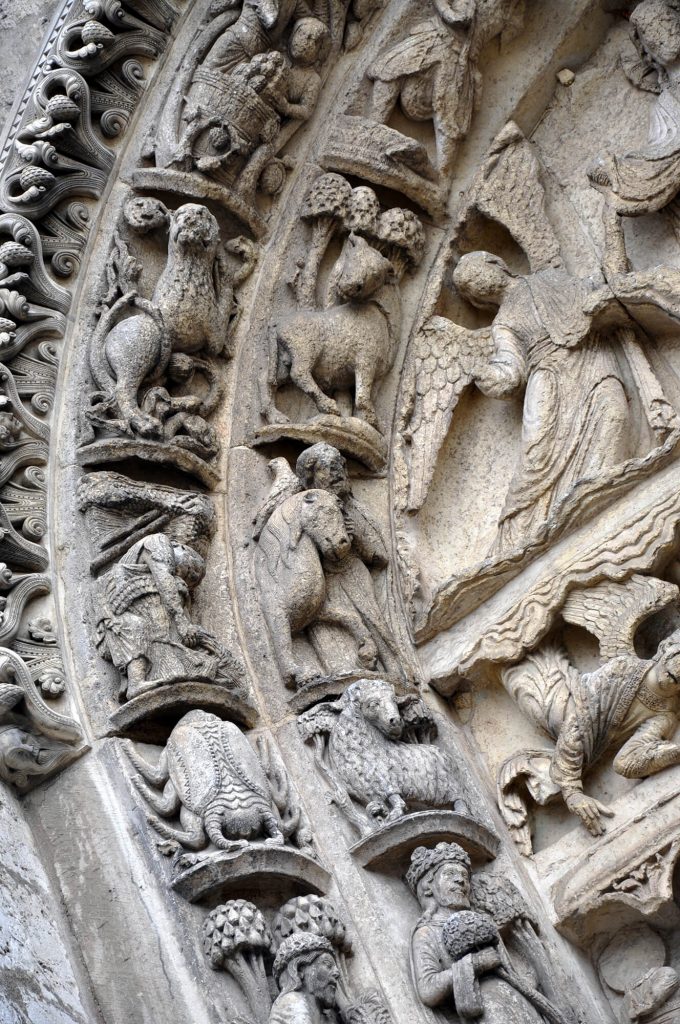
Do the stars predict that you’ll get to enjoy some medieval art in your near future? If so, don’t forget to look for your zodiac sign while you’re there!
“A Medieval Astrology Guide“, Medievalists.net, September 2018.
Husband, Timothy B., The Art of Illumination: The Limbourg Brothers and the Belles Heures of Jean de France, Duc de Berry, New York: The Metropolitan Museum of Art, 2009, p. 82-93.
Keene, Bryan C., “Written in the Stars: Astronomy and Astrology in Medieval Manuscripts“, The Getty Iris, April 30, 2019.
Waters, Michael, “When Physicians Used Lunar Signs to Diagnose Patients“, Atlas Obscura, August 7, 2017.
Wrenlibrary, “Labours of the Month: June“, Trinity College Library Cambridge blog, June 1, 2015.
DailyArt Magazine needs your support. Every contribution, however big or small, is very valuable for our future. Thanks to it, we will be able to sustain and grow the Magazine. Thank you for your help!